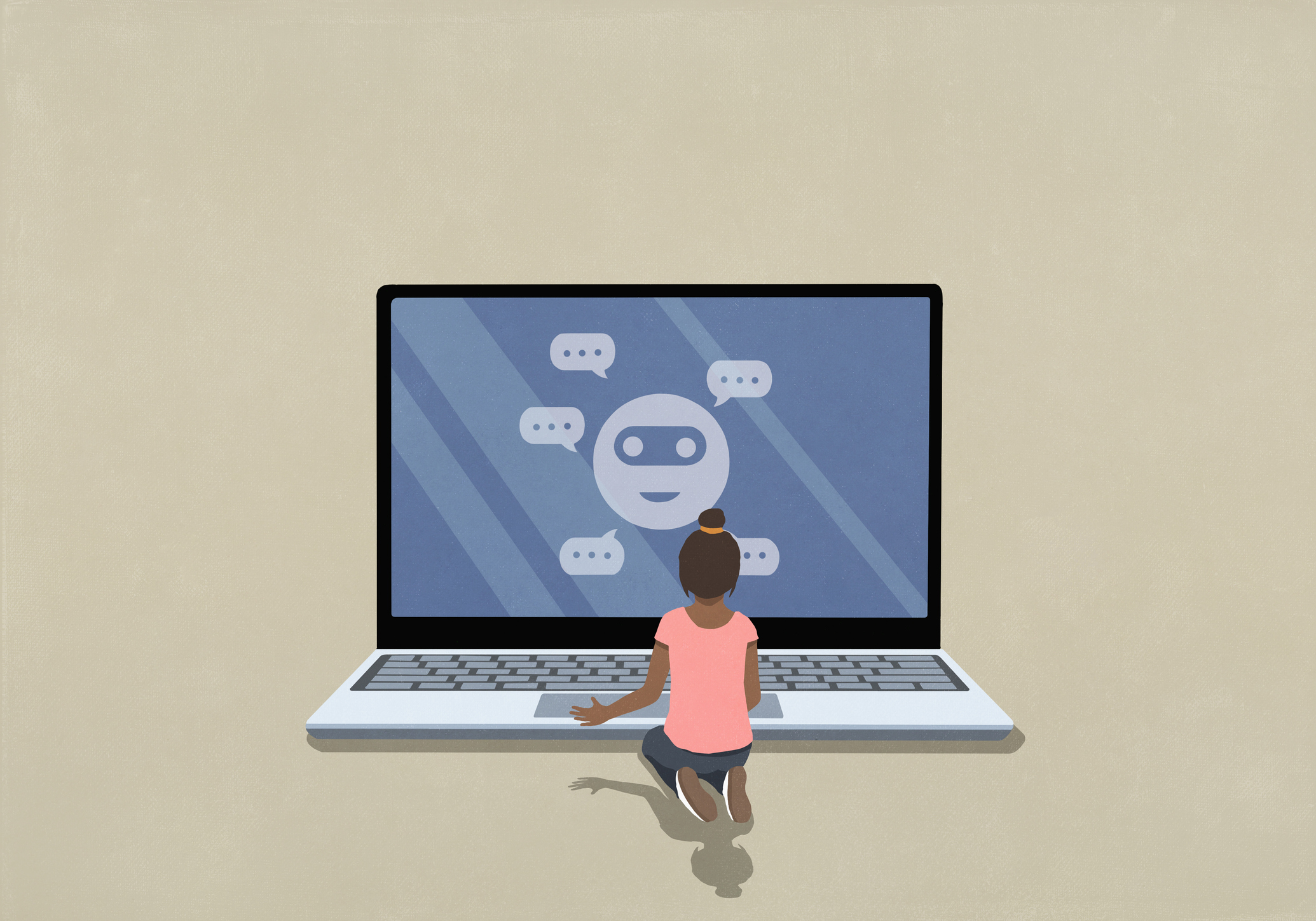New Yorkers love preserved fish – particularly on top of a bagel with a nice hearty schmear of cream cheese. My favorite preserved fish in New York City comes from Russ & Daughters, an icon of New York cuisine that’s been around since 1914.
But this article isn’t about preserved fish of New York. It’s about Preserved Fish of New York, a human man with a very bizarre name.


Top: Preserved Fish
Bottom: preserved fish
Preserved Fish, born in 1766, was a member of the prominent Fish family, which produced centuries of New York politicians. Preserved’s distant cousin Hamilton Fish, for example, was Secretary of State under president Ulysses S. Grant.
A Fish family genealogy indicates that Preserved Fish of New York City was far from the only member of his family named Preserved (pronounced with three syllables as preh-ZUR-ved). The same source helpfully points out “There is no foundation for the oft-repeated story that he was picked up from a floating wreck by a New Bedford fisherman, and therefore named Preserved Fish.” Good to clear that up. The name “Preserved” is actually a Quaker one, coming from a desire that the child be preserved from sin.
Preserved Fish appropriately began his career as a whaler, and soon shifted to selling whale oil. He later became wealthy from the shipping industry more generally. Even during his day, people made fun of his name. The genealogy recounts this story:
“When a vessel near New York Harbor passed another, one called to the other, ‘Ship Ahoy!’, getting the answer, ‘The Flying Fish.’
‘Who’s your Captain?’ ‘Preserved Fish.’
‘What’s your Cargo?’ ‘Pickled fish.’
‘Where bound?’ ‘Fishkill.’ ”
Fish was a key player in New York society, though a quirky one. He got in early as a trader on the New York Stock and Exchange Board, a precursor to today’s New York Stock Exchange. He abruptly abandoned the shipping company he helped run, Fish and Grinnell (leaving it to become Grinnell, Minturn & Co.), and hopped around starting other companies before eventually becoming president of a bank.
For a time, Preserved Fish even controlled Tammany Hall, the political organization that essentially ran the New York City Democratic party, and by extension the city itself. While in charge, he fended off a challenge by the similarly absurdly named “Locofocos”, a group of reformers opposed to government banking, paper money, and entrenched interests in politics. The Locofocos got their name from an incident early in their movement’s history, while they were fighting Preserved Fish for control of the city’s Democratic party machine. When the reformers stormed Tammany Hall, the party’s leaders shut off the building’s lighting gas. The reformers responded by lighting candles with a new brand of self-igniting matches, the eponymous “Locofocos”.
The matchsticks, in turn, were named by someone who misunderstood root words. The brand name combined “foco”, a late Latin word for “fire” (think Spanish “fuego”) with the “loco-” in “locomotive”, which many people at the time incorrectly thought meant “self” (it actually means “from a place”). So “self-fire” was the intended meaning.
To editorialize a bit, Preserved Fish has a pretty typical story for a New York Merchant in the early 19th century. He’s definitely work mentioning in a history book, but probably wouldn’t take up a full chapter. Still, he did quite well for himself as a person with a strange name – I’d say he’s definitely loxed and loaded.
Coming soon: There are too many kinds of barcode












